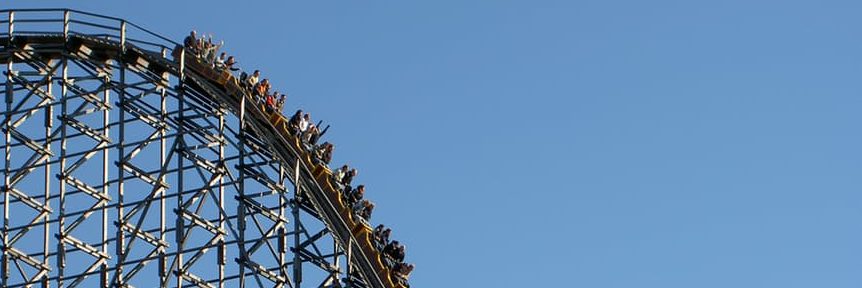For the second consecutive year, Harvard Business School (HBS) tops the Bloomberg BusinessWeek annual ranking of MBA programs—released today—making it one of the few leading schools that didn’t experience shifts in a list that holds lots of changes this year over last.
Stanford Graduate School of Business (GSB) shot up to second, from its seventh spot last year, and Duke’s Fuqua School followed right on its heels, moving from eighth last year to number three. Together, they knocked the University of Chicago Booth School of Business down from second to fourth.
Rounding out the top five—and boasting one of the year’s biggest gains—is Dartmouth’s Tuck School of Business, which shot up nine spots from a 14th place showing last year. Following behind at sixth and seventh were the University of Pennsylvania’s Wharton School and MIT Sloan School of Management, backslides for each from fifth and fourth respectively in 2015.
Rice Business Rockets Up to Number Eight
But with what perhaps should count as the most headline-worthy performance among the top 25, the Jones School of Business at Rice University—or “Rice Business” as it likes to be called—catapulted 11 spots to number eight to secure its first-ever appearance in the top 10. More usual suspects, like Northwestern’s Kellogg School of Management, Columbia Business School and UC Berkeley’s Haas School of Business, were all demoted as a result.
“Needless to say, we are very excited but quite frankly, it’s more about feeling honored and humbled to be recognized for our efforts and to be considered among some amazing top peer schools,” Rice Business Executive Director of Recruiting and Admissions Sue Oldham told Clear Admit. To Oldham, the school’s strong showing highlights its ecstatic customers—including alumni, students and employers. “It’s the perfect trifecta that nicely packages what we are here to do: Bring in the best students and then send out the best students to the best employers so that these soon-to-be alumni can make a real difference in the world,” she continued.
How Bloomberg BW Compiles Its List
To arrive at its 2016 MBA ranking, Bloomberg BW assessed schools based on five factors: a survey of MBA recruiters, weighted at 35 percent; an alumni survey, weighted at 30 percent; a survey of the 2016 graduating class, weighted at 15 percent; the school’s placement rate, weighted at 10 percent, and the starting compensation for the class of 2016, weighted at 10 percent. What this means, as the magazine points out, is that “it’s possible to rank highly without knocking every category out of the park.” Case in point, Stanford GSB came in second overall even though it ranked a meager 57th for job placement. (Bloomberg BW measures job placement as the percentage of graduates who land full-time employment within three months of graduation out of those seeking it—the figure reported by Stanford was 86.2 percent, compared to an average 89.1 percent among all schools.)
Bloomberg BW has made multiple changes to its methodology in recent years, resulting in significant volatility in terms of where schools fall on the list even when not much has changed year over year at the individual schools themselves. For some this has called the value of the ranking into question.
Of course, for schools like Rice Business and Tuck, moving up significantly can still be cause for celebration. For schools like Kellogg, Columbia, Emory’s Gozuieta School of Business, UCLA Anderson School of Management and Georgetown’s McDonough School of Business—which all plummeted five spots or more this year—not so much.
As always, those of us here at Clear Admit encourage applicants to use rankings as just one of many means of evaluating which MBA program is the best fit to their individual needs and goals.








